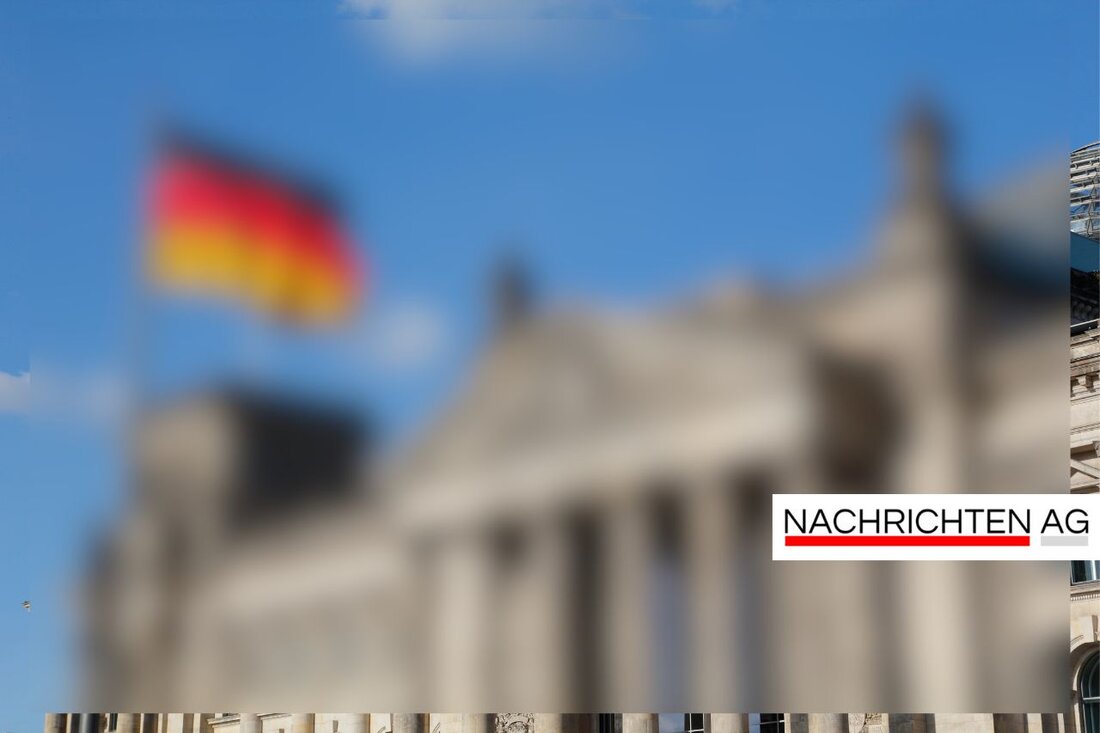Air data for Rostock: Fine dust alarm at Holbein-Platz!
Air quality data from Rostock on July 3, 2025: Current fine dust, nitrogen dioxide and ozone values and their effects.

Air data for Rostock: Fine dust alarm at Holbein-Platz!
Today, July 3, 2025, the focus is once again on air quality and its health effects in Rostock and throughout Germany. The measuring station at Holbein Square has recorded current data on particulate matter, nitrogen dioxide and ozone, which indicate worrying trends. According to the Ostsee-Zeitung there are various limit values that are used to assess air quality. The air is considered “very bad” if the values for nitrogen dioxide are over 200 µg/m³, for fine dust over 100 µg/m³ and for ozone over 240 µg/m³.
The city of Rostock doesn't have to hide here: measurements show that here, too, the level of fine dust (PM10) regularly exceeds the limit of 50 particles per cubic meter of air. In general, this value may be exceeded on a maximum of 35 days per year, but compliance with this regulation is becoming increasingly difficult. The trend shows that not only Rostock, but the whole of Germany is confronted with problems, as the German Environmental Aid notes in a current press release.
Shocking air quality figures
The latest air quality data from the Federal Environment Agency make it clear that there is widespread, health-damaging pollution with fine dust and nitrogen dioxide in Germany. At 99% of the measuring stations, the WHO recommended limit for fine dust of 5 µg/m³ is exceeded. The limit values for nitrogen dioxide are also not met in almost three quarters of the stations, as the Federal Environment Agency states.
Of course, fine dust pollution is not just a problem in Rostock. In large cities like Munich and Essen the values are even more alarming. German Environmental Aid is demanding that the federal government take appropriate measures to comply with the new limit values, which other countries have already adapted to.
Health effects
The health risks associated with poor air quality are significant. High concentrations of fine dust can lead to respiratory diseases, cardiovascular diseases and an increased risk of mortality. What is shocking is that 240,000 premature deaths due to particulate matter are registered in the EU every year Ostsee-Zeitung reported.
Particular attention should be paid to the recommendations for different air quality levels. If air quality is “very poor,” sensitive people should avoid physical activity outdoors. If the quality is “poor”, strenuous outdoor activities are not advisable. Despite the current stressful situation, there is also good news: on days with “good” or “very good” air quality, no health effects are to be expected, which justifies venturing out into the fresh air again.
Fireworks and their consequences
A year-round problem is fine dust pollution, which is often caused by various emitters, such as traffic and industry. The annual New Year's Eve fireworks also contribute to this: around 2,050 tons of fine dust are released through fireworks alone, with 75% of this occurring during New Year's Eve. Although this pollution is not significant compared to year-round pollution, it can dramatically worsen air quality over a short period of time.
In summary: Rostock and many other regions in Germany are facing a serious challenge when it comes to air quality. Despite the frightening figures, consumers should remain vigilant and follow recommended measures to reduce their exposure during periods of poor air quality.

 Suche
Suche
 Mein Konto
Mein Konto